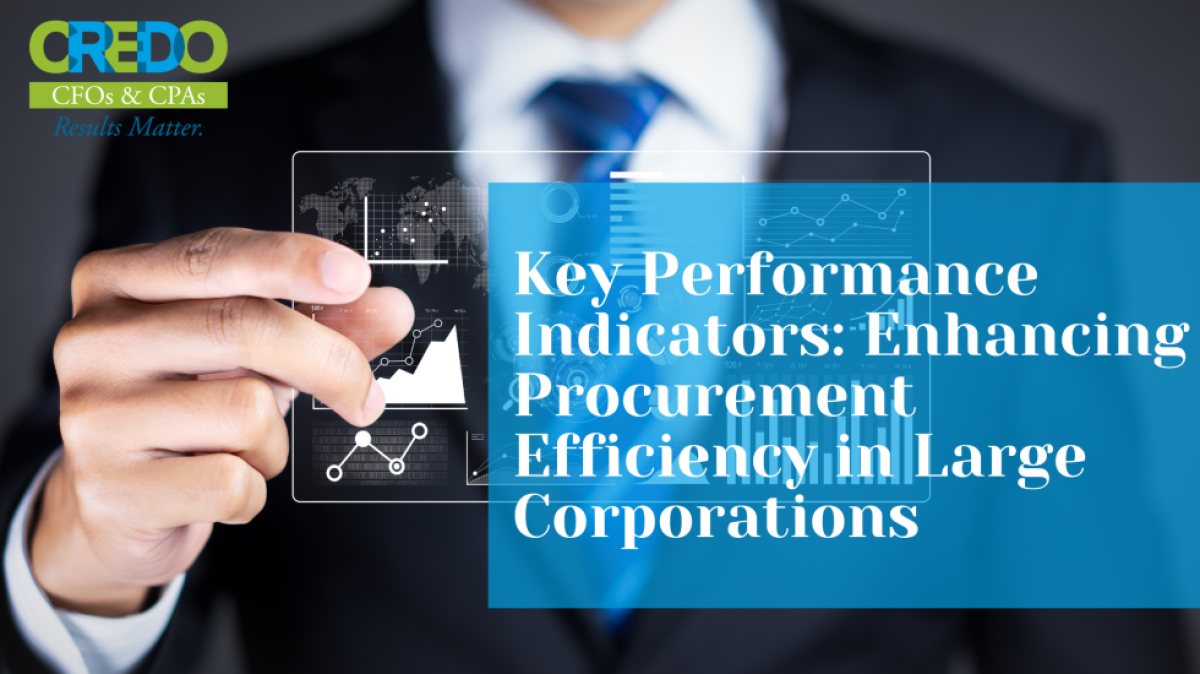Key Performance Indicators: Enhancing Procurement Efficiency In Large Corporations

Unlock the full potential of Key Performance Indicators (KPIs) for your large corporation.
Key Performance Indicators: Enhancing Procurement Efficiency in Large Corporations
In large corporations, procurement is a critical function that can significantly influence the financial health of the company. To optimize procurement processes, it’s essential to implement and monitor Key Performance Indicators (KPIs). These KPIs help in assessing the efficiency and effectiveness of procurement strategies, contributing to overall cost savings and operational excellence.
Formal Purchase Processes and Vendor Management
A formal purchase process lays the groundwork for streamlined procurement operations. It includes identifying key vendors, which is crucial as it determines the quality and cost of products and services procured. The approval process and policy ensure that purchases are justified, necessary, and within budget.
Procurement KPIs: A Measure of Success
Several KPIs serve as benchmarks for procurement performance in larger companies:
- Number of Purchase Orders Processed Per Month: This KPI measures the procurement department’s workload and efficiency. A higher number of processed orders might indicate good departmental productivity, but it could also suggest a lack of bulk purchasing strategies.
- Average Cost Savings on Each Purchase Order: Cost savings are pivotal for any business, and this KPI allows companies to monitor the effectiveness of their negotiation strategies with suppliers.
- Average Time for a Purchase Order to be Filled: This KPI is an indicator of the supply chain’s responsiveness and efficiency. Shorter times typically reflect well on the procurement process and vendor reliability.
- Number of Vendors Used Per Month: Using a variety of vendors can reduce risk and may enable competitive pricing; however, it can also complicate logistics and quality control. This KPI helps in determining the right balance.
- Average Delivery Time: It reflects the efficiency of the delivery process and the reliability of the supply chain. Faster delivery times can lead to better inventory management and lower storage costs.
Strategic Implications of Procurement KPIs
These KPIs provide actionable insights that can lead to improved procurement strategies. For instance, if the average time for a purchase order to be filled is long, a company might need to reassess its vendor management practices or the efficiency of its internal processes. Similarly, if the average cost savings are not meeting targets, it could be an indication that procurement needs to negotiate better terms or look for alternative suppliers.
For larger corporations, KPIs are not just numbers; they are the guiding stars for procurement efficiency and cost management. They enable procurement departments to identify areas of improvement and to celebrate successes. By focusing on these procurement KPIs, large corporations can enhance their buying power, reduce costs, and maintain a strong, responsive supply chain that supports their strategic business goals.
Ready to optimize your procurement processes and achieve unparalleled efficiency? Contact Credo today and unlock the full potential of Key Performance Indicators (KPIs) for your large corporation. Enhance your buying power, reduce costs, and maintain a robust, responsive supply chain with our expert services. Don’t wait—transform your procurement strategy now!

